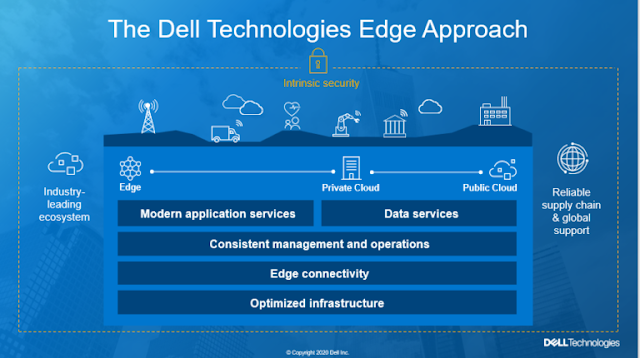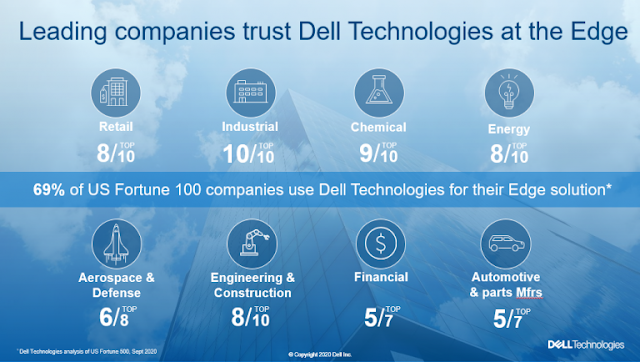While it is early in its growth, Edge computing will shake the foundations of IT in a manner we’ve not seen since the advent of cloud computing.
Edge computing is certainly not new. Businesses have been deploying technology outside of their traditional data centers for many years. For example, oil and gas companies have been using sophisticated sensors and meters in remote locations for operations. Manufacturers do the same on their factory floors. However, several converging technological trends, such as 5G, smart devices and high-speed connectivity, are now accelerating technology changes at the Edge across a wide spectrum of industries.
Edge computing will shake the foundations of IT in a manner we’ve not seen since the advent of cloud computing.
How will this change things? While today only 10 percent of data is generated outside of a data center, industry analysts predict that 75 percent of enterprise data will be processed outside a traditional centralized data center or cloud by 2025. Applications, too, are moving to the Edge. Analysts say we can expect an 800 percent increase in the number of applications at the Edge by 2024.
These key trends should be sparking two big questions in every organization:
1. What investments are needed to deliver the infrastructure that can handle this rapid growth in data?
2. What kind of value and opportunities can we extract or discover in this data?
Unique challenges at the Edge
To answer either of these two critical questions successfully, one needs to consider a unique set of challenges that businesses encounter at the Edge as they determine how to:
◉ Overcome a fragmented technology landscape to create a complete Edge solution that meets business requirements
◉ Ensure the infrastructure at the Edge functions reliably under multiple physical and environmental constraints, which might include large temperature gradients, dust, moisture and physical shock
◉ Manage and operate heterogenous systems deployed at a massive scale that are remotely and widely distributed
◉ Ensure that Operations Technology (OT) teams and processes can work seamlessly and efficiently alongside traditional IT
◉ Engage rapid, reliable services and support for a multitude of devices and locations
◉ Secure, physically and logically, remote devices from malicious actors
More importantly, to maximize the benefits of an Edge solution, where data workloads need to be managed and analyzed in real-time, it needs to be seamlessly connected to private and public clouds. All these cross-functional, cross-domain activities increase the complexity of deploying at the Edge. This complexity can be addressed by bringing cloud capabilities and flexibility to the edge with a hybrid cloud approach.
The Dell Technologies Edge approach
For many years, we at Dell Technologies have helped numerous organizations address and overcome challenges presented by systems at the Edge. In this work, we bring our customers and partners a clear perspective on Edge computing.
We define Edge as the intersection of physical and digital domains where data is generated, collected and processed to create new value. We do not consider computing at the Edge as a separate and discrete solution. Instead, we leverage the deep IT experience of designing and deploying private and public cloud environments to build capabilities at the Edge, while reducing the complexity of managing data and application services across these domains.







0 comments:
Post a Comment